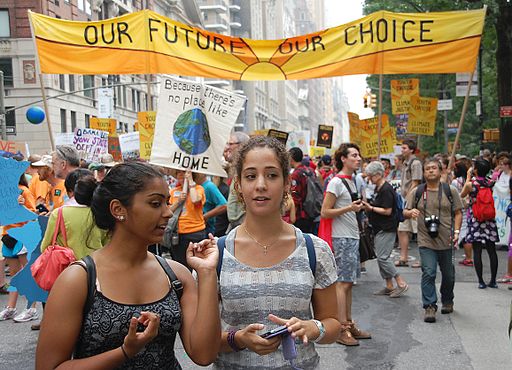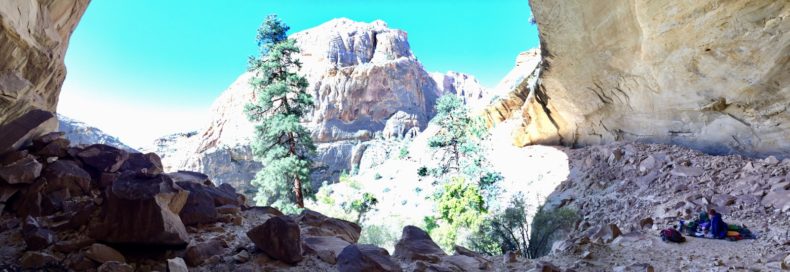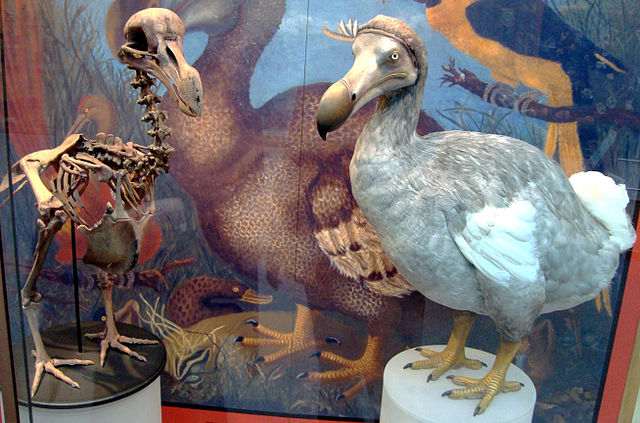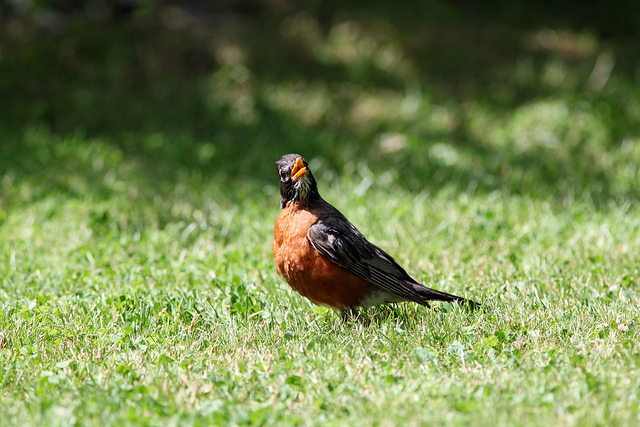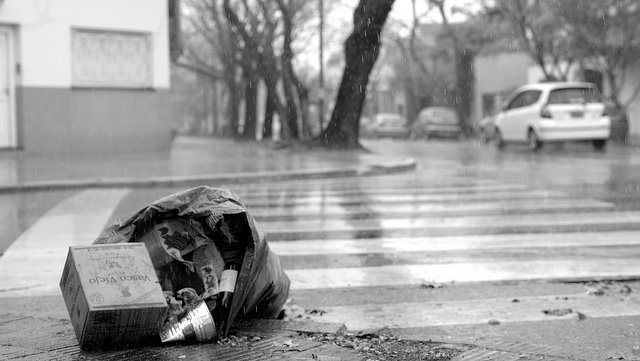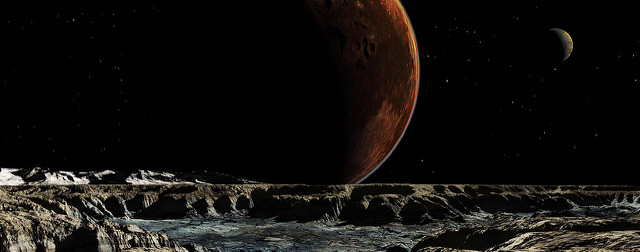 For someone who’s not interested in planets around other stars, exoplanets, I write about them a lot. But exoplanets have been hot news for some time now and they’re not cooling off any time soon.* The planets are big or little or in between; they’re made of gas or rock or maybe some combination; they might have atmospheres or they might not or nobody knows; they’re hot or cold or in between; they’re in the habitable zone or not. And that’s about it for actual facts.
For someone who’s not interested in planets around other stars, exoplanets, I write about them a lot. But exoplanets have been hot news for some time now and they’re not cooling off any time soon.* The planets are big or little or in between; they’re made of gas or rock or maybe some combination; they might have atmospheres or they might not or nobody knows; they’re hot or cold or in between; they’re in the habitable zone or not. And that’s about it for actual facts.
So. Boring, right? To sex them up, public information officers and headline writers resort to aliens. These are real tweets from responsible sources:
- Alien life may swim on earth-like planets: oceans cover habitable exoplanets
- We are searching for exoplanets that can support carbon based life but possibility of silicon based life grows
- Scientists discover yet another rocky planet that could (maybe) host alien life
- New super-sized Earth may be close enough to detect signs of life
Still boring. So they also try to sex them up with artists’ lurid but scientifically plausible illustrations (see above). The places they show look different but they don’t look real, I don’t have to take them seriously. Still boring. Then somebody tweeted these:
They have discovered a planet. It is brave and cautious. Something mundane stands there, awaiting the future.
They have discovered a planet. It is far away. The wind is heavy and smells strongly of doughnuts. Would you like to pet dogs there?
You have discovered a planet. It is large and beloved. Occasionally, there’s a a far-off howl in the forests. Join me?
God yes, oh yes, please, I thought you’d never ask. Yes. Please.
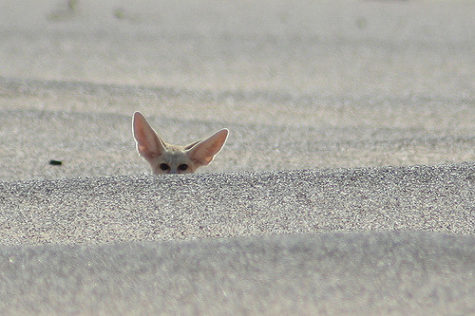 Most days, my kids pretend that they are other animals. Sometimes they are fantastic beasts—we have a lot of dragons and griffins. Sometimes, they’re creatures that we’re more familiar with, like dogs and seals. But most of the time, they are fennec foxes.
Most days, my kids pretend that they are other animals. Sometimes they are fantastic beasts—we have a lot of dragons and griffins. Sometimes, they’re creatures that we’re more familiar with, like dogs and seals. But most of the time, they are fennec foxes.